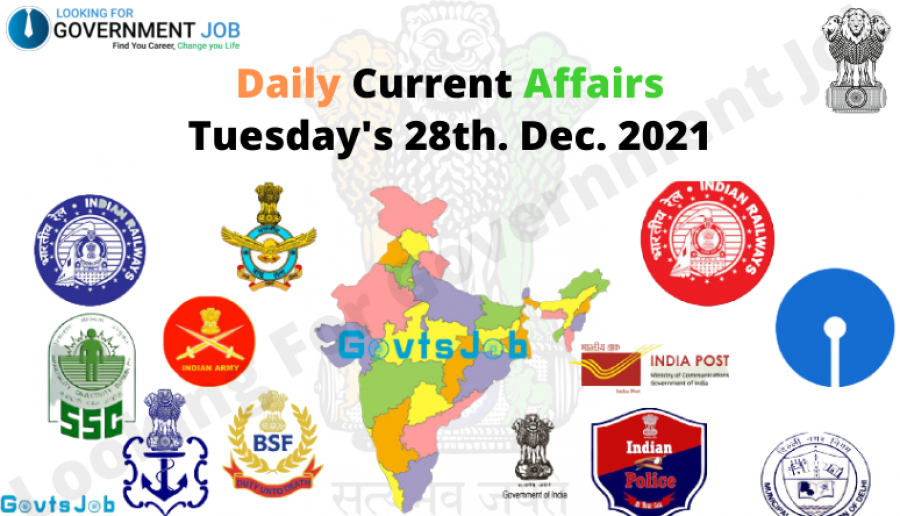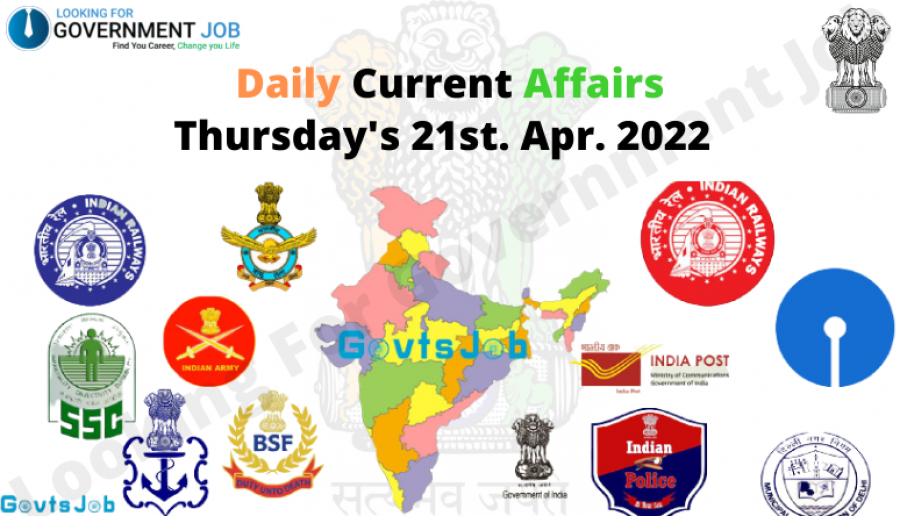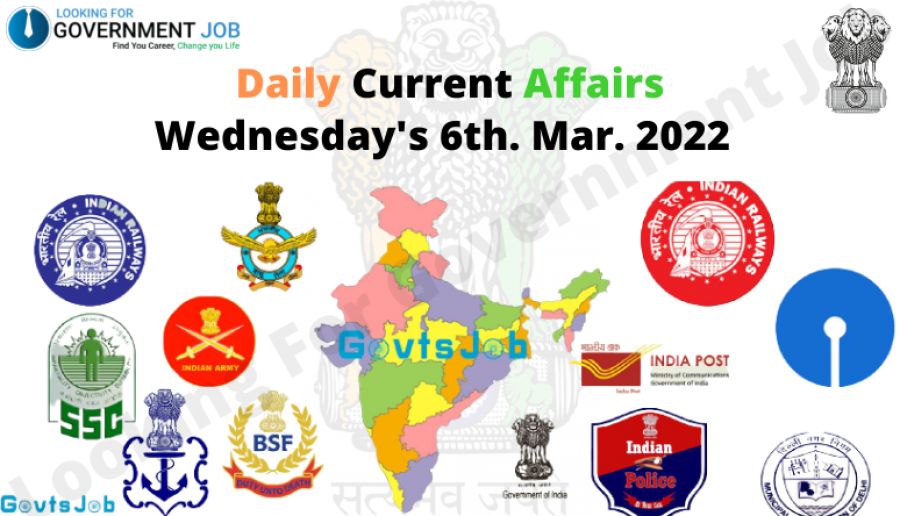 Famous Waterfalls
Famous Waterfalls ========================
========================
 Nohkalikai Falls ➨ Meghalaya
Nohkalikai Falls ➨ Meghalaya
 Nohsngithiang Falls ➨ Meghalaya
Nohsngithiang Falls ➨ Meghalaya
 Dudhsagar Falls ➨ Goa
Dudhsagar Falls ➨ Goa
 Kynrem Falls ➨ Meghalaya
Kynrem Falls ➨ Meghalaya
 Meenmutty Falls ➨ Kerala
Meenmutty Falls ➨ Kerala
 Thalaiyar Falls ➨ Tamil Nadu
Thalaiyar Falls ➨ Tamil Nadu
 Barkana Falls ➨ Karnataka
Barkana Falls ➨ Karnataka
 Jog Falls ➨ Karnataka
Jog Falls ➨ Karnataka
 Khandadhar Falls ➨ Odisha
Khandadhar Falls ➨ Odisha
 Vantawng Falls ➨ Mizoram
Vantawng Falls ➨ Mizoram
 Barehipani Falls ➨ Odisha
Barehipani Falls ➨ Odisha
 Kune Falls ➨ Maharashtra
Kune Falls ➨ Maharashtra
 Soochipara Falls ➨ Kerala
Soochipara Falls ➨ Kerala
 Magod Falls ➨ Karnataka
Magod Falls ➨ Karnataka
 Kunchikal Falls ➨ Karnataka
Kunchikal Falls ➨ Karnataka
 Joranda Falls ➨ Odisha
Joranda Falls ➨ Odisha
 Hebbe Falls ➨ Karnataka
Hebbe Falls ➨ Karnataka
 Duduma Falls ➨ Odisha
Duduma Falls ➨ Odisha
 Palani Falls ➨ Himachal Pradesh
Palani Falls ➨ Himachal Pradesh
 Lodh Falls ➨ Jharkhand
Lodh Falls ➨ Jharkhand
 Bishop Falls ➨ Meghalaya
Bishop Falls ➨ Meghalaya
 Chachai Falls ➨ Madhya Pradesh
Chachai Falls ➨ Madhya Pradesh
 Keoti Falls ➨ Madhya Pradesh
Keoti Falls ➨ Madhya Pradesh
 Kalhatti Falls ➨ Karnataka
Kalhatti Falls ➨ Karnataka
 Beadon Falls ➨ Meghalaya
Beadon Falls ➨ Meghalaya
 Keppa Falls ➨ Karnataka
Keppa Falls ➨ Karnataka
 Koosalli Falls ➨ Karnataka
Koosalli Falls ➨ Karnataka
 Pandavgad Falls ➨ Maharashtra
Pandavgad Falls ➨ Maharashtra
 Rajat Prapat ➨ Madhya Pradesh
Rajat Prapat ➨ Madhya Pradesh
 Bundla Falls ➨ Himachal Pradesh
Bundla Falls ➨ Himachal Pradesh
 Shivanasamudra Falls ➨ Karnataka
Shivanasamudra Falls ➨ Karnataka India Council Act 1909:
India Council Act 1909:
 It is also known as the Marley-Minto Reforms.
It is also known as the Marley-Minto Reforms.
 There was a significant increase in the size of the Legislative Councils at the Center and in the Provinces. The number of members in the Central Council increased from 16 to 60.
There was a significant increase in the size of the Legislative Councils at the Center and in the Provinces. The number of members in the Central Council increased from 16 to 60.
 Introduction of communal representation, separate electorates for Muslims. Lord Minto is considered the father of communal election.
Introduction of communal representation, separate electorates for Muslims. Lord Minto is considered the father of communal election.
 Indians were allowed in the executive councils of the Viceroy and the Governor.
Indians were allowed in the executive councils of the Viceroy and the Governor.
 The councils were empowered to discuss any matter, propose a budget and ask supplementary questions.
The councils were empowered to discuss any matter, propose a budget and ask supplementary questions.
 Government of India Act 1919:
Government of India Act 1919:
 It is also known as the Montagu–Chelmsford Reforms.
It is also known as the Montagu–Chelmsford Reforms.
 Central subjects and provincial subjects were demarcated.
Central subjects and provincial subjects were demarcated.
 "Dual government" introduced at the provincial level.
"Dual government" introduced at the provincial level.
 Under the bicameral system, provincial subjects were divided into transferred and reserved subjects - the governor was not responsible to the Legislative Council on reserved subjects.
Under the bicameral system, provincial subjects were divided into transferred and reserved subjects - the governor was not responsible to the Legislative Council on reserved subjects.
 For the first time, a bicameral system was introduced at the center
For the first time, a bicameral system was introduced at the center
 direct election.
direct election.
 According to the Act, out of the 6 members (besides the Commander-in-Chief) of the Viceroy's Executive Council, three were to be Indians.
According to the Act, out of the 6 members (besides the Commander-in-Chief) of the Viceroy's Executive Council, three were to be Indians.
 Provision was made for the establishment of the Central Public Service Commission.
Provision was made for the establishment of the Central Public Service Commission.
 Government of India Act 1935
Government of India Act 1935
 Proposed act for the establishment of an all-India federation, which included the provinces and princely states as units, although the union never came into existence.
Proposed act for the establishment of an all-India federation, which included the provinces and princely states as units, although the union never came into existence.
 The Act divided the powers between the Center and the units into the Federal List, the Provincial List and the Concurrent List.
The residuary powers were vested in the Viceroy.
The Act divided the powers between the Center and the units into the Federal List, the Provincial List and the Concurrent List.
The residuary powers were vested in the Viceroy.
 Provision for adopting diarchy at the center.
Provision for adopting diarchy at the center.
 Introduced bicameral Legislative Council and Legislative Assembly in 6 provinces i.e. Bengal, Bombay, Madras, Bihar, Assam and United Provinces.
Introduced bicameral Legislative Council and Legislative Assembly in 6 provinces i.e. Bengal, Bombay, Madras, Bihar, Assam and United Provinces.
 Establishment of Reserve Bank of India.
Establishment of Reserve Bank of India.
 Federal Court Establishment of 1947 Indian.
Federal Court Establishment of 1947 Indian.
 Freedom Act:
Freedom Act:
 It ended British rule in India
and declared India an independent nation.
It ended British rule in India
and declared India an independent nation.
 India was partitioned
The office of the Secretary of India was dissolved..
India was partitioned
The office of the Secretary of India was dissolved..
 Famous Nicknames of Eminent Persons
Famous Nicknames of Eminent Persons  =========================
=========================
 Adolf Hitler
Adolf Hitler Fuhrer
Fuhrer
 Florence Nightingale
Florence Nightingale Lady with the Lamp
Lady with the Lamp
 Geoffrey Chaucer
Geoffrey Chaucer Father of English Literature
Father of English Literature
 Joan of Arc
Joan of Arc Maid of Orleans
Maid of Orleans
 Lal Bahadur Shastri
Lal Bahadur Shastri Man of Peace
Man of Peace
 Napolean Bonaparte
Napolean Bonaparte Little Corporal
Little Corporal
 Otto von Bismarck
Otto von Bismarck Man of Blood and Iron
Man of Blood and Iron
 Samuel Langhorne Clemens
Samuel Langhorne Clemens Mark Twain
Mark Twain
 Sheik Mohammad Abdullah
Sheik Mohammad Abdullah Lion of Kashmir
Lion of Kashmir
 Sheikh Mujibur Rahman
Sheikh Mujibur Rahman Bangabandhu
Bangabandhu
 Tenzing Norgay
Tenzing Norgay Tiger of Snow
Tiger of Snow
 Madan Mohan Malviya
Madan Mohan Malviya Mahamana
Mahamana
 Lala Lajpat Rai
Lala Lajpat Rai Punjab Kesari
Punjab Kesari
 Kapil Dev
Kapil Dev Haryana Hurricane
Haryana Hurricane
 Sarojini Naidu
Sarojini Naidu Nightingale of India
Nightingale of India
 Sardar Vallabhai Patel
Sardar Vallabhai Patel Man of Iron or Bismarck of India
Man of Iron or Bismarck of India
 Sunil Gavaskar
Sunil Gavaskar Little Master or Sunny
Little Master or Sunny
 Walter Scott
Walter Scott Wizard of the North
Wizard of the North
 Dadabhai Naoroji
Dadabhai Naoroji Grand Old Man of India
Grand Old Man of India
 Chittaranjan Das
Chittaranjan Das Deshbandhu
Deshbandhu
 Bal Gangadhar Tilak
Bal Gangadhar Tilak Lokmanya
Lokmanya
 William Shakespeare
William Shakespeare Bard of Avon
Bard of Avon
 Rabindra Nath Tagore
Rabindra Nath Tagore Gurudev
Gurudev
 Mohandas Karamchand Gandhi
Mohandas Karamchand Gandhi Father of the Nation
Father of the Nation
 Subhas Chandra Bose
Subhas Chandra Bose Netaji
Netaji
 Jawahar Lal Nehru
Jawahar Lal Nehru Panditji or Chacha Nehru
Panditji or Chacha Nehru
 Mansur Ali Khan Pataudi
Mansur Ali Khan Pataudi Tiger
Tiger
 Sachin Tendulkar
Sachin Tendulkar Master Blaster
Master Blaster
 Rahul Dravid
Rahul Dravid The Wall
The Wall
 Jayaprakash Narayan
Jayaprakash Narayan Loknayak
Loknayak

Famous Waterfalls
========================
Nohkalikai Falls ➨ Meghalaya
Nohsngithiang Falls ➨ Meghalaya
Dudhsagar Falls ➨ Goa
Kynrem Falls ➨ Meghalaya
Meenmutty Falls ➨ Kerala
Thalaiyar Falls ➨ Tamil Nadu
Barkana Falls ➨ Karnataka
Jog Falls ➨ Karnataka
Khandadhar Falls ➨ Odisha
Vantawng Falls ➨ Mizoram
Barehipani Falls ➨ Odisha
Kune Falls ➨ Maharashtra
Soochipara Falls ➨ Kerala
Magod Falls ➨ Karnataka
Kunchikal Falls ➨ Karnataka
Joranda Falls ➨ Odisha
Hebbe Falls ➨ Karnataka
Duduma Falls ➨ Odisha
Palani Falls ➨ Himachal Pradesh
Lodh Falls ➨ Jharkhand
Bishop Falls ➨ Meghalaya
Chachai Falls ➨ Madhya Pradesh
Keoti Falls ➨ Madhya Pradesh
Kalhatti Falls ➨ Karnataka
Beadon Falls ➨ Meghalaya
Keppa Falls ➨ Karnataka
Koosalli Falls ➨ Karnataka
Pandavgad Falls ➨ Maharashtra
Rajat Prapat ➨ Madhya Pradesh
Bundla Falls ➨ Himachal Pradesh
Shivanasamudra Falls ➨ Karnataka
India Council Act 1909:
It is also known as the Marley-Minto Reforms.
There was a significant increase in the size of the Legislative Councils at the Center and in the Provinces. The number of members in the Central Council increased from 16 to 60.
Introduction of communal representation, separate electorates for Muslims. Lord Minto is considered the father of communal election.
Indians were allowed in the executive councils of the Viceroy and the Governor.
The councils were empowered to discuss any matter, propose a budget and ask supplementary questions.
Government of India Act 1919:
It is also known as the Montagu–Chelmsford Reforms.
Central subjects and provincial subjects were demarcated.
"Dual government" introduced at the provincial level.
Under the bicameral system, provincial subjects were divided into transferred and reserved subjects - the governor was not responsible to the Legislative Council on reserved subjects.
For the first time, a bicameral system was introduced at the center
direct election.
According to the Act, out of the 6 members (besides the Commander-in-Chief) of the Viceroy's Executive Council, three were to be Indians.
Provision was made for the establishment of the Central Public Service Commission.
Government of India Act 1935
Proposed act for the establishment of an all-India federation, which included the provinces and princely states as units, although the union never came into existence.
The Act divided the powers between the Center and the units into the Federal List, the Provincial List and the Concurrent List. The residuary powers were vested in the Viceroy.
Provision for adopting diarchy at the center.
Introduced bicameral Legislative Council and Legislative Assembly in 6 provinces i.e. Bengal, Bombay, Madras, Bihar, Assam and United Provinces.
Establishment of Reserve Bank of India.
Federal Court Establishment of 1947 Indian.
Freedom Act:
It ended British rule in India and declared India an independent nation.
India was partitioned The office of the Secretary of India was dissolved..
Famous Nicknames of Eminent Persons
=========================
Adolf Hitler
Fuhrer
Florence Nightingale
Lady with the Lamp
Geoffrey Chaucer
Father of English Literature
Joan of Arc
Maid of Orleans
Lal Bahadur Shastri
Man of Peace
Napolean Bonaparte
Little Corporal
Otto von Bismarck
Man of Blood and Iron
Samuel Langhorne Clemens
Mark Twain
Sheik Mohammad Abdullah
Lion of Kashmir
Sheikh Mujibur Rahman
Bangabandhu
Tenzing Norgay
Tiger of Snow
Madan Mohan Malviya
Mahamana
Lala Lajpat Rai
Punjab Kesari
Kapil Dev
Haryana Hurricane
Sarojini Naidu
Nightingale of India
Sardar Vallabhai Patel
Man of Iron or Bismarck of India
Sunil Gavaskar
Little Master or Sunny
Walter Scott
Wizard of the North
Dadabhai Naoroji
Grand Old Man of India
Chittaranjan Das
Deshbandhu
Bal Gangadhar Tilak
Lokmanya
William Shakespeare
Bard of Avon
Rabindra Nath Tagore
Gurudev
Mohandas Karamchand Gandhi
Father of the Nation
Subhas Chandra Bose
Netaji
Jawahar Lal Nehru
Panditji or Chacha Nehru
Mansur Ali Khan Pataudi
Tiger
Sachin Tendulkar
Master Blaster
Rahul Dravid
The Wall
Jayaprakash Narayan
Loknayak

 by Admin
by Admin


